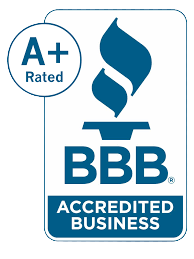Shingle Roofing
Shingle roofing is a popular and widely used roofing system in residential construction. It involves the installation of individual overlapping shingles to cover the roof's surface, providing protection from the elements.Shingle Roofing
Materials: Shingles can be made from various materials, with the most common types being asphalt shingles, wood shingles, and architectural shingles (also known as laminated or dimensional shingles). Each material has its unique characteristics, such as cost, durability, and appearance.
Asphalt Shingles: Asphalt shingles are the most widely used and affordable type of shingles. They are made from a fiberglass mat coated with asphalt and mineral granules. Asphalt shingles are available in different styles, including 3-tab and architectural, and they offer good durability and weather resistance.
Wood Shingles and Shakes: Wood shingles and shakes are made from cedar, redwood, or other types of wood. They provide a natural and rustic look but may require more maintenance and can be susceptible to rot and decay.
Architectural Shingles: Architectural shingles are thicker and more durable than traditional 3-tab shingles. They often mimic the appearance of wood or slate and are favored for their enhanced aesthetics and longevity.
Installation: Shingles are installed in rows, with each row overlapping the one below it, creating a water-resistant barrier on the roof. Proper installation by skilled roofers is crucial to ensure the roof's integrity and longevity.
Ventilation: Adequate roof ventilation is essential for shingle roofing to regulate temperature and moisture levels in the attic, helping to prevent issues like ice dams and moisture-related damage.
Lifespan: The lifespan of shingle roofing varies depending on the material used, climate, and maintenance. Asphalt shingles generally last 15-30 years, while wood shingles and shakes can last around 20-30 years or more with proper care.
Maintenance: Regular maintenance, including inspection for damaged or missing shingles, cleaning debris, and addressing issues promptly, can help extend the lifespan of the shingle roof.
Energy Efficiency: Some shingle manufacturers offer energy-efficient options with reflective coatings to help reduce heat absorption and cooling costs.


